5 Best Bibimbap Bowls to Enhance Your Korean Meals
Choosing the right bibimbap bowl is crucial for home cooking. Consider material, size, features, and care to enhance your Korean meals.
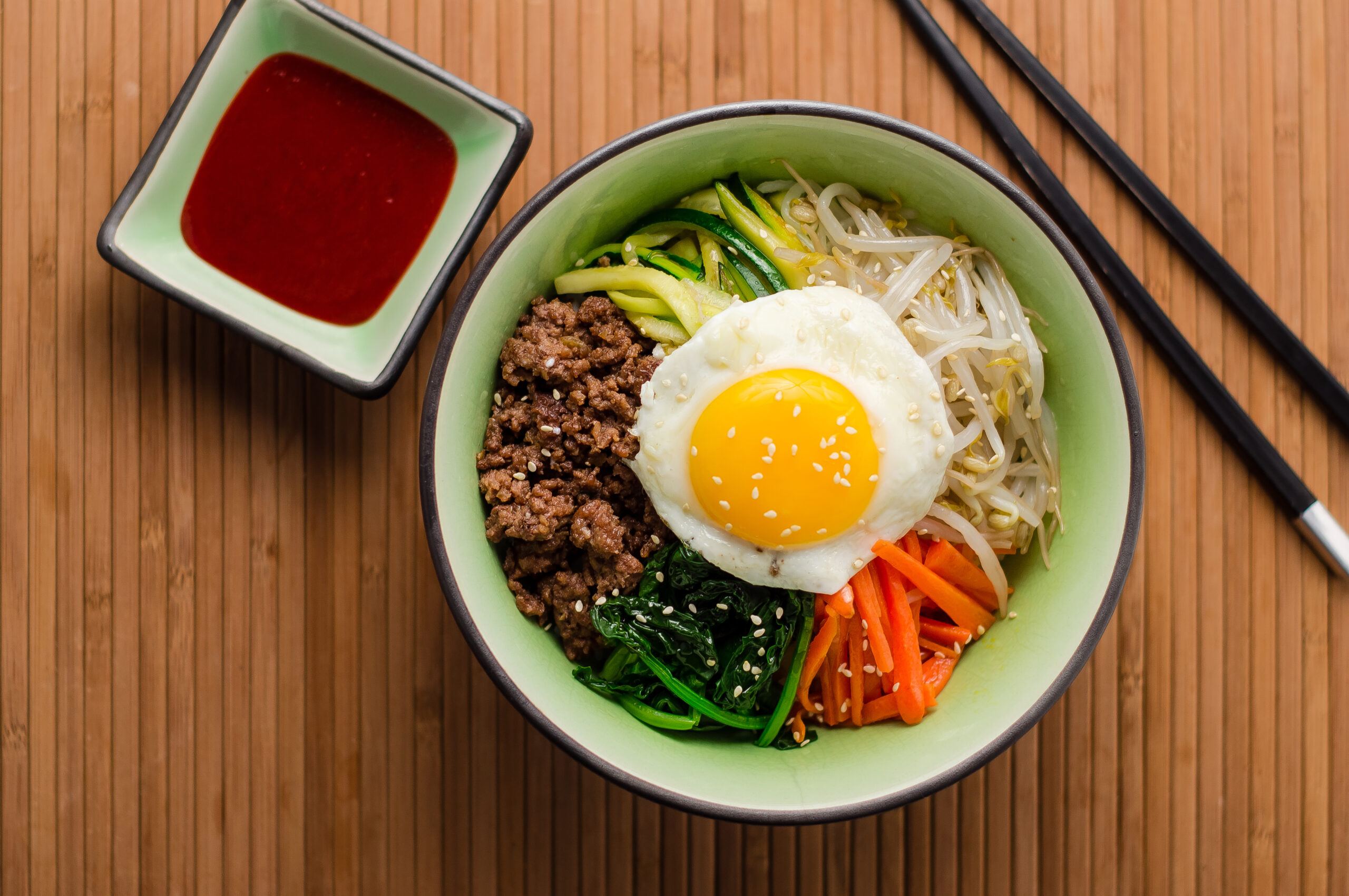
Looking to elevate your home-cooked Korean meals? Discover the best bibimbap bowls that bring authentic flavor and style to your kitchen.
Elevate your home-cooked Korean meals with the best bibimbap bowls.
Disclosure: As an Amazon Associate, this site earns from qualifying purchases. Thank you!
Ceramic Bibimbap Bowl: Classic and Versatile
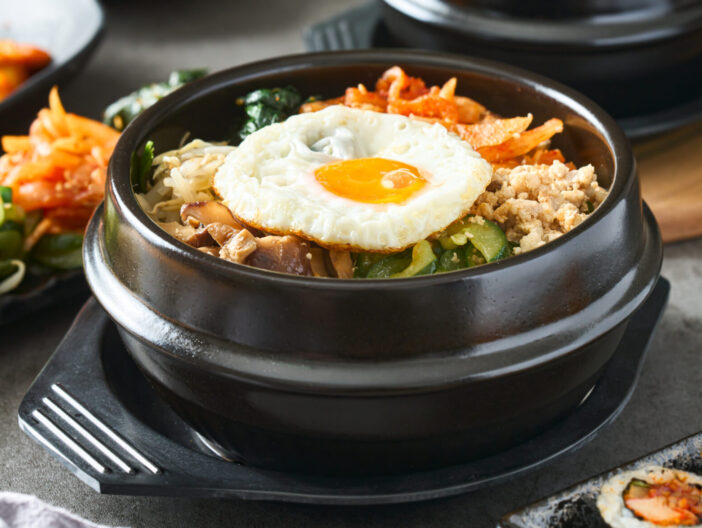
Enhance your meals with a ceramic bibimbap bowl. They’re heat-retentive, keeping your food warm for longer periods. Easy to clean, they typically feature a smooth, non-stick surface. Perfect for both cooking and serving, these bowls add an authentic touch to your dining experience. Durable and aesthetically pleasing, they are a versatile addition to any kitchen.
Stone Bibimbap Bowl: Authentic and Durable
Choose a stone bibimbap bowl for a truly authentic experience. Known for durability, stone bowls retain heat exceptionally well, ensuring your bibimbap stays hot and evenly cooked. They’re ideal for achieving the perfect crispy rice. Additionally, stone bowls add a rustic charm to your table and can withstand high temperatures, making them perfect for various cooking methods. Easy to maintain, they are a long-lasting and practical choice for any kitchen.
Metal Bibimbap Bowl: Lightweight and Modern
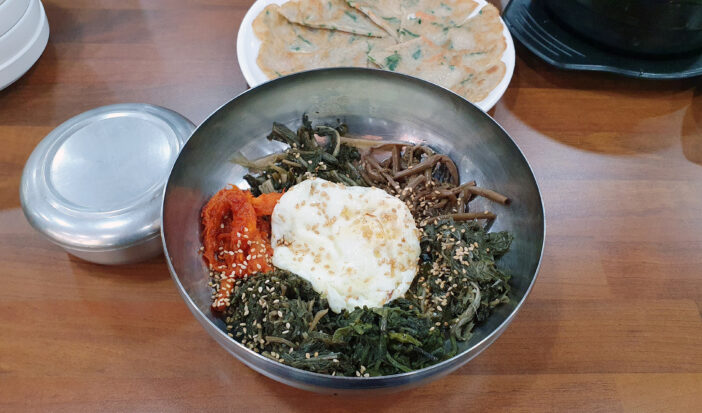
Opt for a metal bibimbap bowl if you want a lightweight and modern option. Unlike others, metal bowls cool quickly, making them ideal for quick preparation. They’re durable and often come with a polished, sleek design. Perfect for both indoor and outdoor dining, metal bowls are versatile and easy to clean, making them a convenient choice for everyday use.
Mini Bibimbap Bowls: Ideal for Single Servings
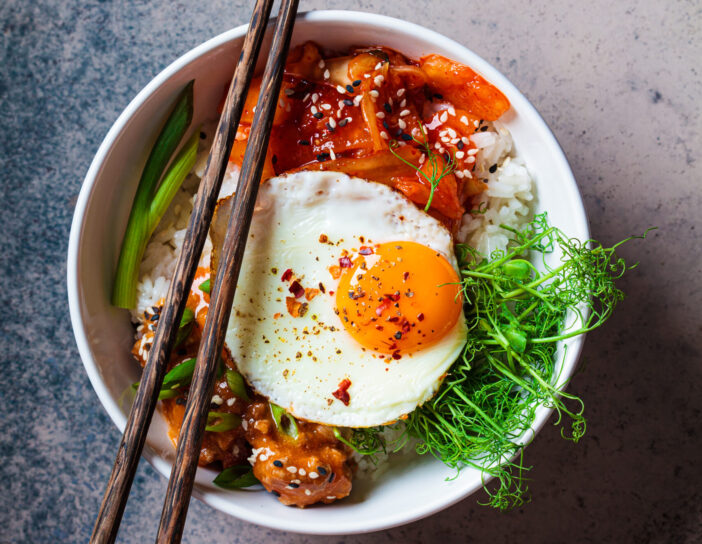
Pick mini bibimbap bowls for single servings. These smaller bowls are perfect for portion control and personal meals. Their compact size makes them easy to store and clean. Ideal for serving individual portions creatively, mini bibimbap bowls are a practical addition to any kitchen. They are versatile, suitable for various dishes beyond bibimbap, and can be used for appetizers, desserts, and more.
Eco-Friendly Bibimbap Bowls: Sustainable Options
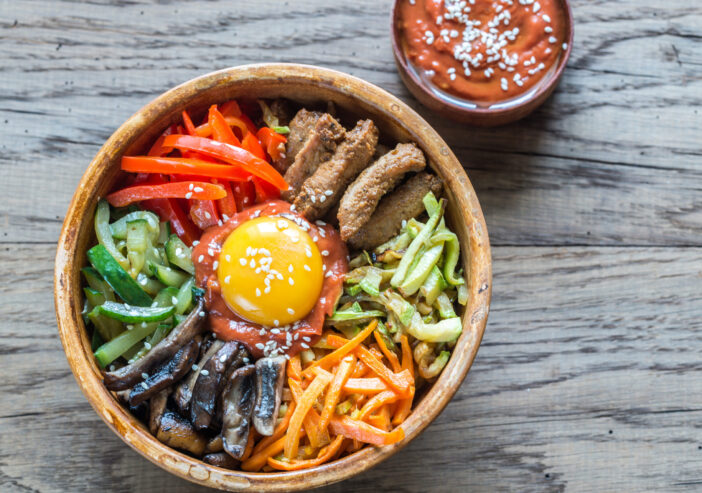
Consider eco-friendly bibimbap bowls for a sustainable choice. Made from materials like bamboo and recycled glass, these bowls are a great way to enjoy your meals while being kind to the environment. They’re biodegradable and often lightweight. Additionally, eco-friendly bowls are durable and stylish, offering a modern yet responsible option for your kitchen. By choosing these bowls, you contribute to reducing waste and promoting sustainable practices. Perfect for daily use, they combine functionality with environmental consciousness.
Considerations for Choosing the Best Bibimbap Bowls for Home
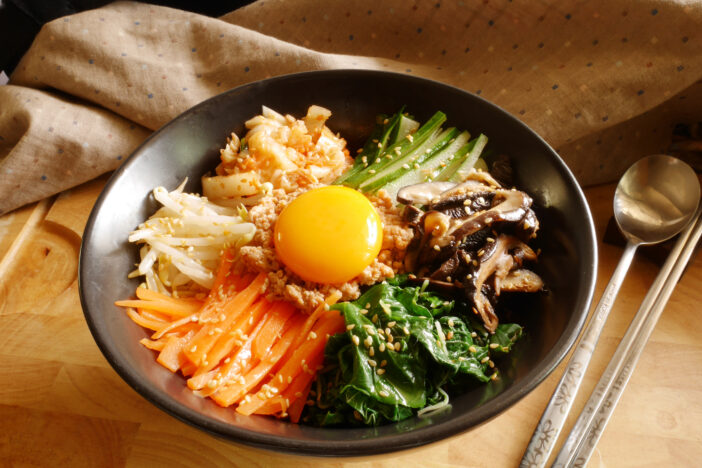
To elevate your home-cooked Korean meals, choosing the right bibimbap bowl is crucial.
Material Choices: Ceramic vs. Stone vs. Metal
- Ceramic: Offers even heat distribution and retains warmth. Perfect for maintaining the integrity of your bibimbap. However, can be prone to chipping.
- Stone: Traditional and excellent for heat retention. Ensures an authentic dining experience. Requires pre-heating and can be heavy.
- Metal: Lightweight and durable. Quick to heat and cool. Often used in modern settings but may not keep your food warm for long.
Size and Capacity: Finding the Right Fit for Your Kitchen
Think about how many servings you usually prepare.
- Small (up to 20 oz): Ideal for single servings. Great for individual meals.
- Medium (20-30 oz): Versatile. Suitable for couples or small families.
- Large (30+ oz): Perfect for gatherings. Allows you to prepare in bulk.
Features: Compatibility with Heat Sources
Ensure the bowl works with your kitchen setup.
- Gas Stovetop: Stone and metal bowls excel. Offers quick and consistent heat.
- Electric Stovetop: Ceramic and metallic bowls. Look for flat bottoms for better contact.
- Oven: Stone and ceramic are best. Ideal for pre-heating and retaining heat.
Choosing the right bibimbap bowl can significantly enhance your culinary experience at home.
Care and Maintenance of Bibimbap Bowls
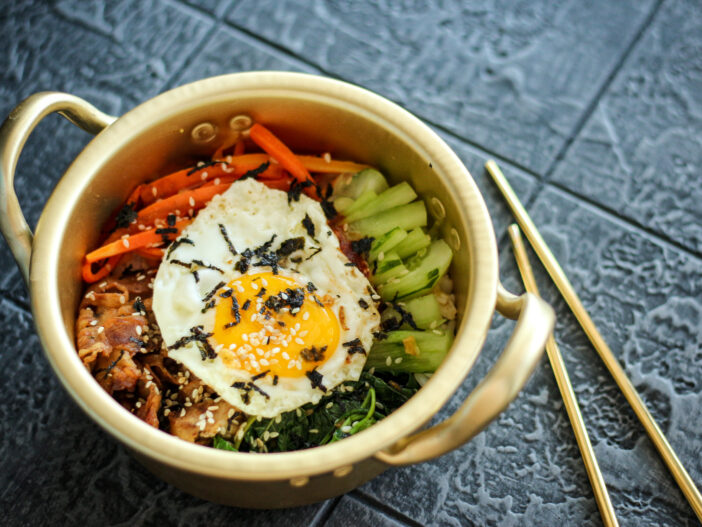
Proper care of your bibimbap bowls ensures they last longer and maintain their unique qualities.
Cleaning and Storing Your Bowls
- Hand-Wash Recommended: Always hand-wash stone or ceramic bowls to avoid damage.
- Non-Abrasive Cleaners: Use mild detergents and avoid abrasive scrubs to maintain the bowl’s surface.
- Thorough Drying: Ensure bowls are completely dry before storing to prevent mold and cracking.
- Proper Storage: Store bowls in a cool, dry place, stacking them carefully to avoid chipping.
Additional Tips
- Avoid Sudden Temperature Changes: Gradual heating and cooling prevent cracking in ceramic and stone bowls.
- Season Stone Bowls: Seasoning stone bowls with oil before the first use can enhance non-stick properties.
- Use Wooden Utensils: Wooden or silicone utensils help avoid scratching the bowl’s surface.
- Heat Management: Keep metal bowls away from extreme heat to prevent warping and preserve their finish.
Creative Ideas for Serving Bibimbap at Home
From classic to creative, serving bibimbap at home can be a culinary adventure.
Traditional Bibimbap Recipe for Beginners
Start with the basics. Cook short-grain rice and prepare a variety of colorful vegetables like carrots, spinach, and mushrooms. Top with a fried egg, sliced beef, and a generous dollop of gochujang. Mix everything in a hot stone bowl, letting the rice form a crispy crust.
Fusion-Style Variations: Mixing Cultures in One Bowl
Experiment with flavors. Replace the traditional ingredients with unconventional ones like quinoa instead of rice. Add things like pulled pork, avocado, or even a teriyaki glaze. Combining bibimbap with other cuisines can lead to surprising and delightful results.
Tips for Plating and Presentation
Make it visually appealing. Use a variety of colors and textures. Arrange vegetables in sections around the bowl, place proteins in the center, and garnish with sesame seeds or microgreens. Use shallow, wide bowls to showcase the ingredients beautifully.
Frequently Asked Questions
What materials are best for bibimbap bowls?
Bibimbap bowls are typically made from ceramic, stone, or metal. Each material has its benefits: ceramic and stone retain heat well, while metal bowls are usually more durable and lightweight.
How can I choose the right size for a bibimbap bowl?
Choose a bowl size based on your serving needs. Smaller bowls are perfect for single servings, while larger ones are great for family-style dining or meal prepping.
Are all bibimbap bowls compatible with different heat sources?
Not all bowls are compatible with every heat source. Check the manufacturer’s guidelines to ensure your bowl can withstand the heat source you’ll be using, such as a stovetop, oven, or microwave.
What are some creative ways to serve bibimbap at home?
You can serve bibimbap traditionally or try fusion styles by incorporating different ingredients. Plating and presentation tips can also make the dish visually appealing, enhancing the overall dining experience.
Which features should I look for in a bibimbap bowl?
When selecting a bibimbap bowl, consider features like heat retention, durability, weight, and eco-friendliness. These factors will help you find a bowl that suits your cooking style and preferences.
Can you suggest a beginner-friendly bibimbap recipe?
A traditional bibimbap recipe for beginners includes rice, assorted vegetables, a protein (like beef or tofu), a fried egg, and gochujang (Korean chili paste). Simply layer the ingredients in a bowl and mix them before eating.






